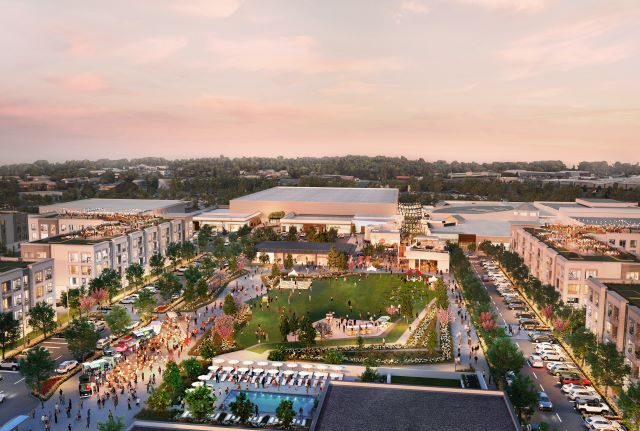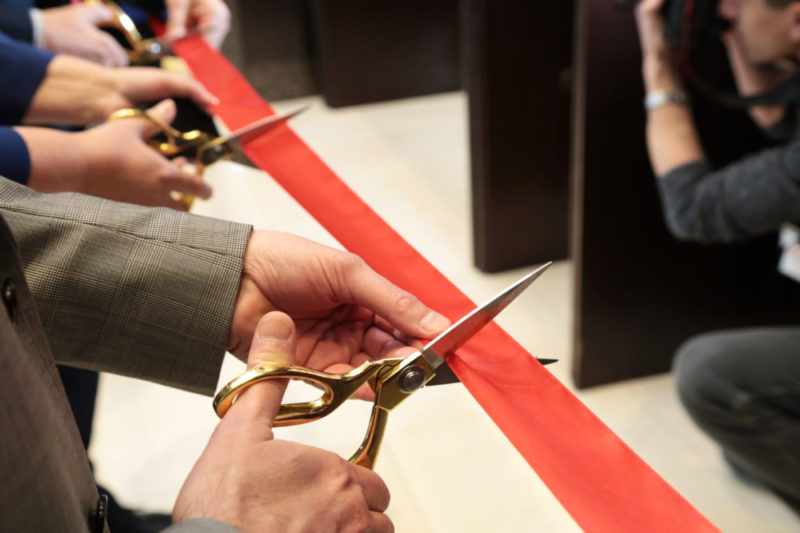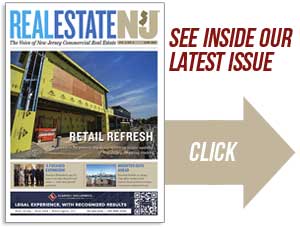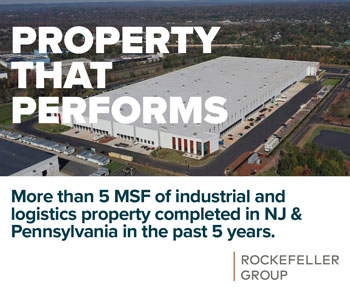The glory days of near-zero vacancy and hard-to-fathom rent growth in the industrial market always came with the slightest bit of tension, especially among veteran landlords who know full well that nothing lasts forever. And with good reason, as we now know, as the asset class grapples with new headwinds that may not have seemed likely only two years ago.
Editor’s Note
Hear directly from Editor Joshua Burd as he brings you the highlights of this month’s issue of Real Estate NJ and his observations from recent interviews.
Changing times
As you’ll read in this month’s cover story, redevelopment is coming to some of New Jersey’s largest malls — from the mecca of Paramus to Burlington County — as owners and local officials mull the future of their cherished shopping centers. Increasingly, those plans call for bringing new apartments, health care facilities and vibrant public spaces meant to create new foot traffic. Many of these projects are now moving forward in the Garden State, with more to follow, despite pockets of opposition and the challenge of repurposing a sprawling property with longstanding anchor tenants.
At the ready
The issue of so-called stranded assets is a recurring theme in New Jersey commercial real estate, regrettably so, one that often finds public officials on their heels when they’re left with a vacant, obsolete office park or mall. That is seemingly not the case in Bedminster, where local leaders spent nearly a decade preparing for the possibility that AT&T, its largest taxpayer and employer, would vacate its iconic, 1.1 million-square-foot campus in the township.
Finding a spark
We all know that developing in New Jersey is not for the faint of heart. Just ask any of the countless builders who have endured delays or scrapped projects altogether in the face of pushback by residents and a litany of regulatory hurdles.
The flip side? A supportive local government can go a long way in sparking new investment, as we’ve seen in what appears to be a growing list of municipalities in our state. That group includes the city of Orange in eastern Essex County, where at least 1,000 luxury apartments have been planned near two train stations with Midtown Direct service. As you’ll read in this month’s cover story, the projects have the potential to breathe new life into the town of 30,000 residents in 2.2 square miles, following decades of struggles despite its prime location on Interstate 280 and just west of Newark.
Growth story
As you’ll read in this month’s cover story, Accurate has been prolific in filling its development pipeline, moving decisively to secure new projects in the state and elsewhere. It now has construction underway, approvals in place or sites under control to build another roughly 6,400 apartments and townhomes, including more than 4,000 units in Newark, where it’s leading the sweeping redevelopment of the former Riverfront Stadium property.
Sustained success
As you’ll read in this month’s cover story, the state’s Community Solar Energy Pilot Program has made it both easier and more lucrative for commercial property owners in New Jersey to go green, allowing solar developers to lease their rooftops and sell power to nearby residents. The policy has been critical to the growth of Solar Landscape, a solar developer founded in 2012 that’s been integral to the program’s rollout. Based in Asbury Park, the 10-year-old firm has leased more than 20 million square feet of rooftop space in New Jersey, making it a key player in the commercial real estate market in just a few years.
Buzzworthy
As you’ll read in this month’s cover story, the large, high-profile office deal is alive and well in the pandemic’s aftermath, as blue-chip employers make major investments in their physical footprint. That’s evident by several outsized leases in New Jersey this year of 100,000 square feet or greater, and market experts say there are likely more to come, as corporations look to support their growth while creating a “commute-worthy” environment for its distributed workforce.
Bolstering the ranks
As you’ll read in this month’s cover story, Prologis’ growing team is supporting a portfolio that now spans 44 million square feet across 200 properties in New Jersey and New York. Growing that footprint will come in a number of ways, Harty said, including the types of creative, value-add projects that involve redeveloping former office campuses. That, in turn, requires additional development and construction personnel like the kind that Prologis has added in recent months. And it comes as the company also hires for what’s known as its Essentials platform, which provides services to tenants such as helping them source materials for their building fit-outs, in a bid to engage them “beyond the four walls and the real estate.”

















